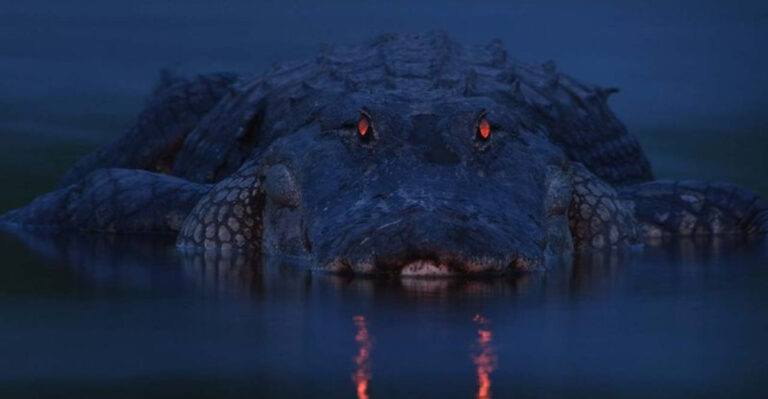Why Cougars Need Room To Roam: The Science Behind Wildlife Corridors

Imagine being trapped in your neighborhood forever, unable to find food, a mate, or new shelter. That’s the reality for many mountain lions as highways and housing developments slice their habitats into isolated fragments.
Wildlife corridors—natural pathways connecting these habitat islands—offer a lifeline for these magnificent predators. Here’s why these pathways matter so much for cougar survival.
Genetic Diversity Keeps Populations Healthy

Without room to roam, cougars become trapped in isolated groups, eventually breeding with relatives. This genetic bottleneck leads to weaker immune systems and birth defects.
Scientists tracking DNA markers in Florida panthers discovered that when new cougars were introduced from Texas, the once-declining population rebounded dramatically. Connected habitats allow this natural genetic exchange to happen without human intervention.
Hunting Territories Span Vast Areas

Male cougars patrol territories up to 200 square miles—that’s larger than many cities! Females need about half that space to find enough prey and raise cubs successfully.
GPS collar studies show these cats travel up to 25 miles in a single night. Without connected habitats, they simply can’t access enough hunting grounds to survive, leading to starvation or dangerous human encounters as they search for food.
Young Cougars Must Disperse To Establish Home Ranges
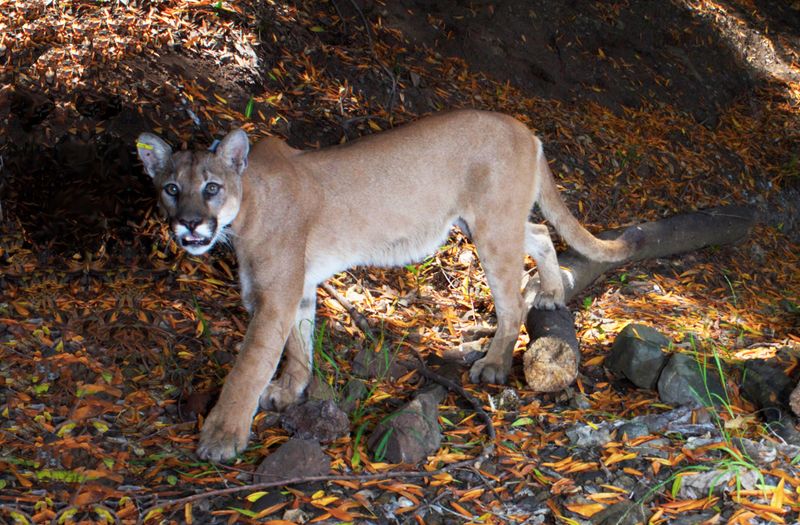
At around 18 months old, young cougars leave mom’s territory to find their own turf. Males typically travel 40-150 miles away from their birthplace!
This natural dispersal prevents inbreeding and maintains healthy population distribution. When roads and developments block these journeys, young cats often die attempting dangerous crossings or wind up in conflict with established adults in overcrowded areas.
Road Mortality Is A Leading Cause Of Death
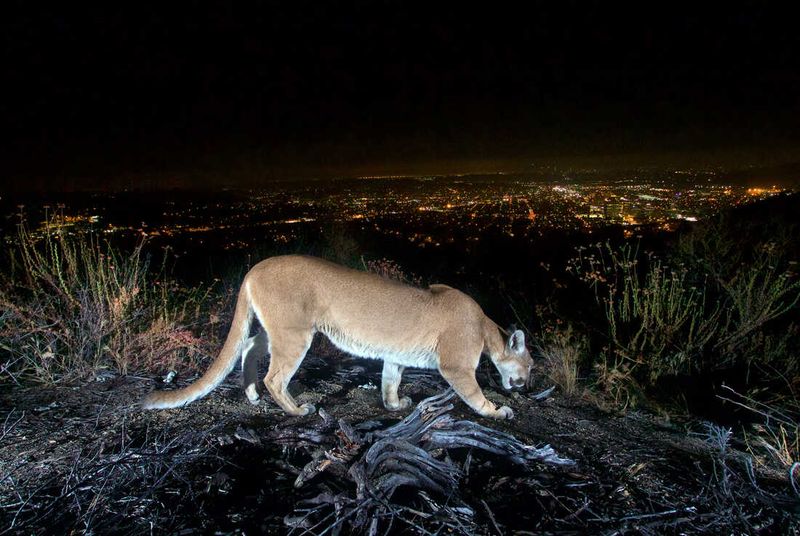
Highway collisions kill hundreds of cougars annually across the western United States. In Florida, vehicle strikes account for over 80% of known panther deaths.
Wildlife bridges and underpasses have proven remarkably effective. In Banff National Park, cougar crossings increased by 400% after safe passages were built. These structures pay for themselves by reducing costly car accidents and saving animal lives.
Climate Change Forces Adaptation Through Movement
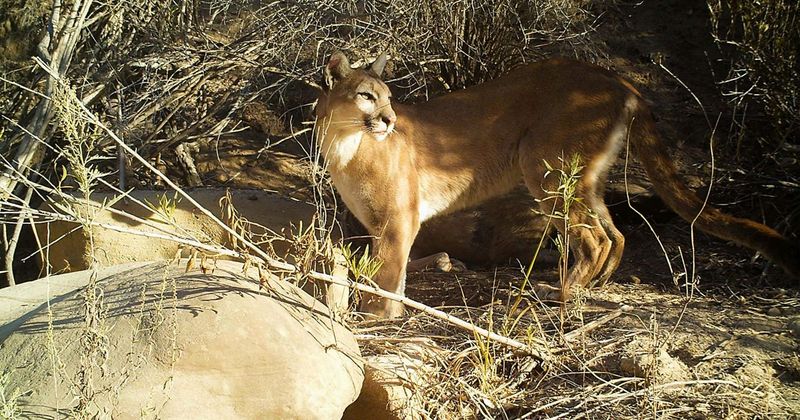
As temperatures rise and habitats shift, wildlife must relocate to find suitable conditions. Cougars follow prey species that move in response to changing plant communities.
Research from Washington State University shows mountain lions are already shifting their ranges northward and to higher elevations. Without connected corridors, these cats can’t adapt to climate-driven habitat changes, potentially facing local extinction in affected areas.
Ecosystem Balance Depends On Predator Movement
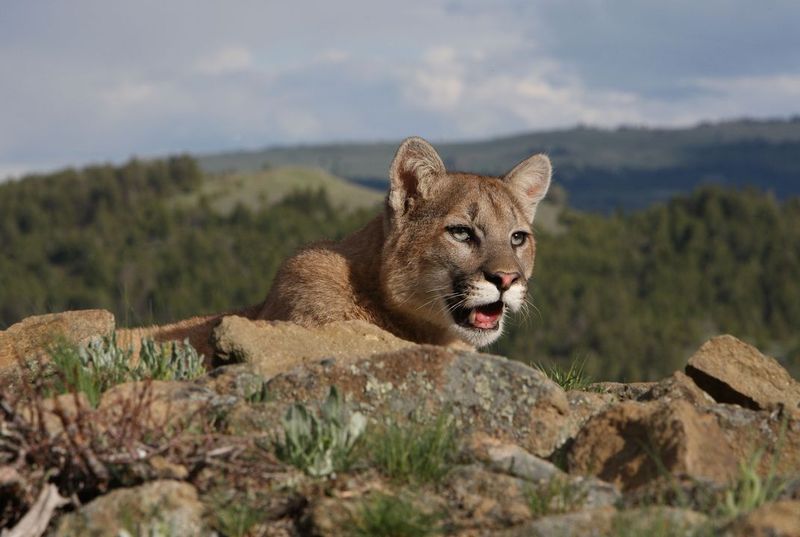
Cougars regulate deer and elk populations, preventing overgrazing that damages plant communities. When predators disappear from an area, entire ecosystems unravel.
The famous Yellowstone wolf reintroduction demonstrates this principle. Similar studies in cougar territory show their presence creates a ripple of benefits—from healthier vegetation to more diverse bird populations. Corridors ensure these benefits extend across landscapes.
Seasonal Migrations Follow Food Sources
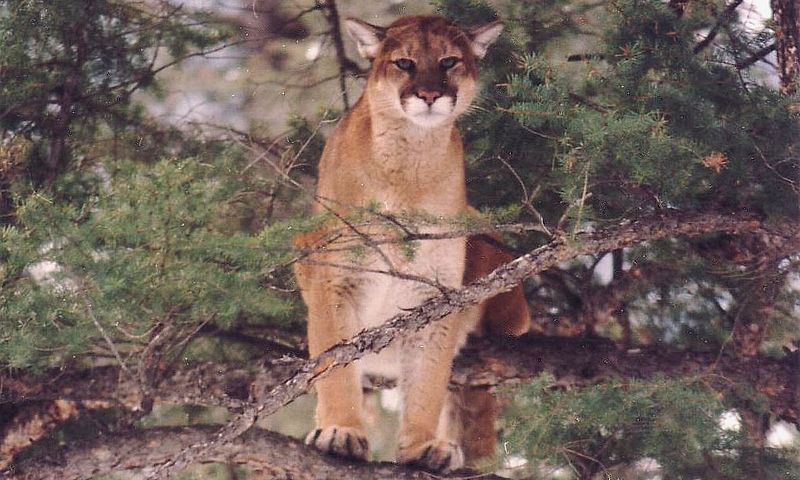
Mountain lions track prey animals that move between summer and winter ranges. In snowy regions, deer and elk descend to lower elevations during winter, and cougars must follow.
Radio-collar studies from Wyoming show some cougars travel over 30 miles between seasonal hunting grounds. These critical migration corridors often cross multiple jurisdictions and property lines, making them vulnerable to development unless specifically protected.
Drought Resilience Requires Access To Water
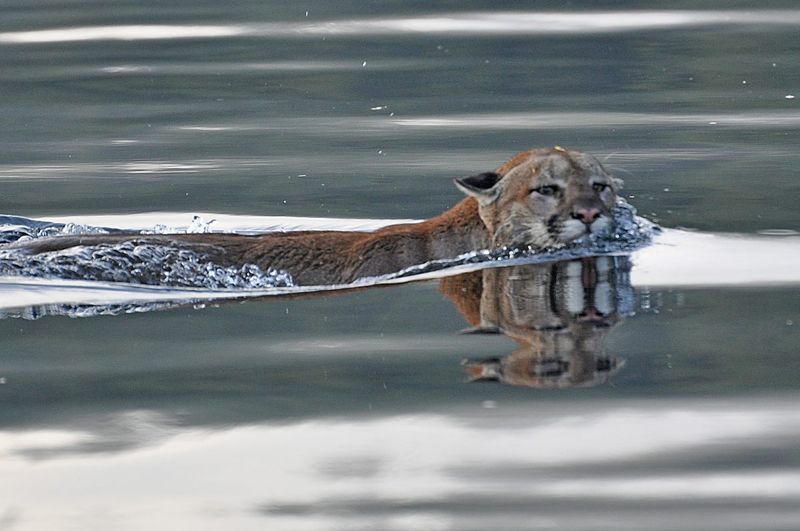
Extended dry periods force wildlife to travel farther between water sources. Cougars can survive without drinking daily but must follow prey that congregate near remaining water.
California’s recent megadrought revealed how critical movement corridors become during water scarcity. GPS data showed mountain lions traveling twice their normal distances to reach water-rich areas. Connected habitats with multiple water sources provide essential drought insurance.
Urban Expansion Creates Deadly Islands
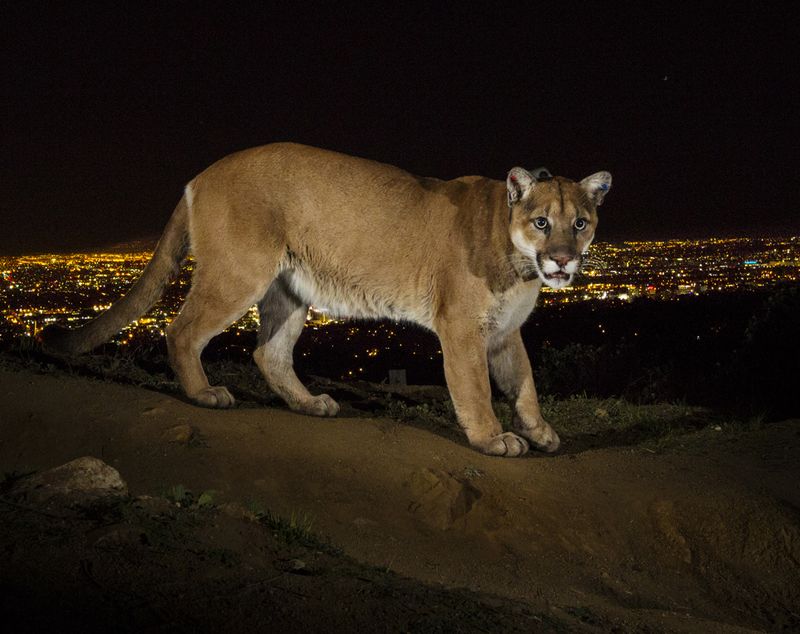
Los Angeles’ famous P-22 cougar lived his entire life trapped in Griffith Park, an island of habitat surrounded by freeways. He never found a mate.
Research from the Santa Monica Mountains shows isolated cougar populations face extinction within decades without connectivity. Wildlife corridors connecting urban habitat fragments allow sustainable populations even near cities, as proven by successful programs in Florida and California.
Human Safety Improves With Connected Habitats
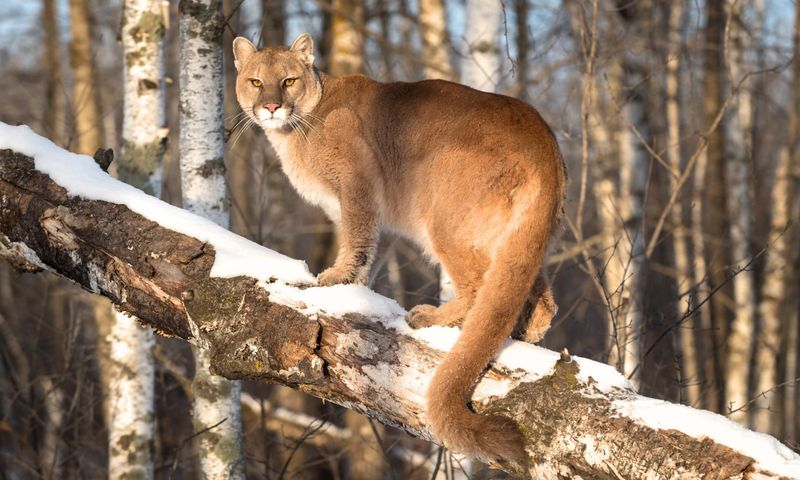
Contrary to popular belief, more room for cougars actually reduces human conflicts. Cats with adequate natural territory and prey rarely approach populated areas.
Studies from Colorado show that in fragmented habitats, mountain lion attacks on livestock and pets increase dramatically. Well-designed wildlife corridors direct animal movement away from neighborhoods while maintaining ecological connectivity, creating a win-win for both species.

